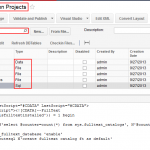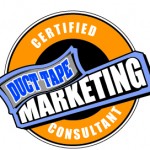Think about the process you go through when you buy something – anything from something low cost (like a bar of chocolate) – right up to a larger purchase for example, a new car.
Lets take the simple example first.
First, you have a need or a want that needs fulfilling – I want chocolate. Secondly you determine is it feasible to solve my problem – yes, I have money and I am in a shop. So I decide to buy some chocolate – my project has started!
Next step is to start my evaluation – which brand do I want, do I want the one with nuts or with caramel or do I just want plain.
Ok so now I make my decision – its Cadbury Fruit and Nut Chocolate for me!
Theres no one else I need to check with so I go ahead and approve of my chocolate purchase and then I implement my new purchase – I eat the chocolate.
So lets look at a larger purchase – lets say a car.
I have a need – I need transport to and from work as I am no longer working in a location that has public transport.
Is it feasible to buy a car? Yes, I have money saved up and I can allocate it to this kind of purchase
So I evaluate what kind of car I need against a set of criteria – I need a 2 door 4 cylinder car that costs less than 20K.
So I have looked at all the different models that meet my critera and I make a decision to buy a Toyota Yaris – it’s a 2 door 4 cylinder car and it cost me 17K.
I discuss the purchase with my wife and we both approve the choice of car so I go out and make my purchase.
1 week later I implement the results of my buying process – I collect the car from the dealer and start driving to work.
So you can see in these 2 examples we have identified the steps of a buying cycle that apply to 2 different purchase types – the chocolate purchase steps happen almost without thinking as its a small discretionary purchase but the basic steps are the same as the purchase of the car
1. Need
2. Feasibility
3. Evaluation
4. Decision
5. Approval
6. Implementation
So if you agree that this is pretty much the basic steps of the buying cycle that everyone goes through then it stands to reason that the secret to winning more business is to make sure that your sales process aligns to this same cycle. As your customer is going through each step in the process, what you need to do is to make sure that you are taking the appropriate actions that match where they are in the buying cycle.
At SAP, this is the basic premise of what we call our Synchronised Customer Engagement Lifecycle or Sync CEL – your sales activities are matched to the customers buying cycle and activities so as the prospective customer moves through the buying cycle you are providing them with the information and resources they need to satisfy themselves at the end of each step so its a natural progression to the next step.
In my next post on this topic I’ll cover the matching stages in the sales process – heres a sneak preview of those stages.
1. Assessment
2. Understanding
3. Solution
4. Proof
5. Justification
6. Agreement
When the buying and selling stages are aligned thats called a sync point or a gate, but more about that in my next post.






Get Social